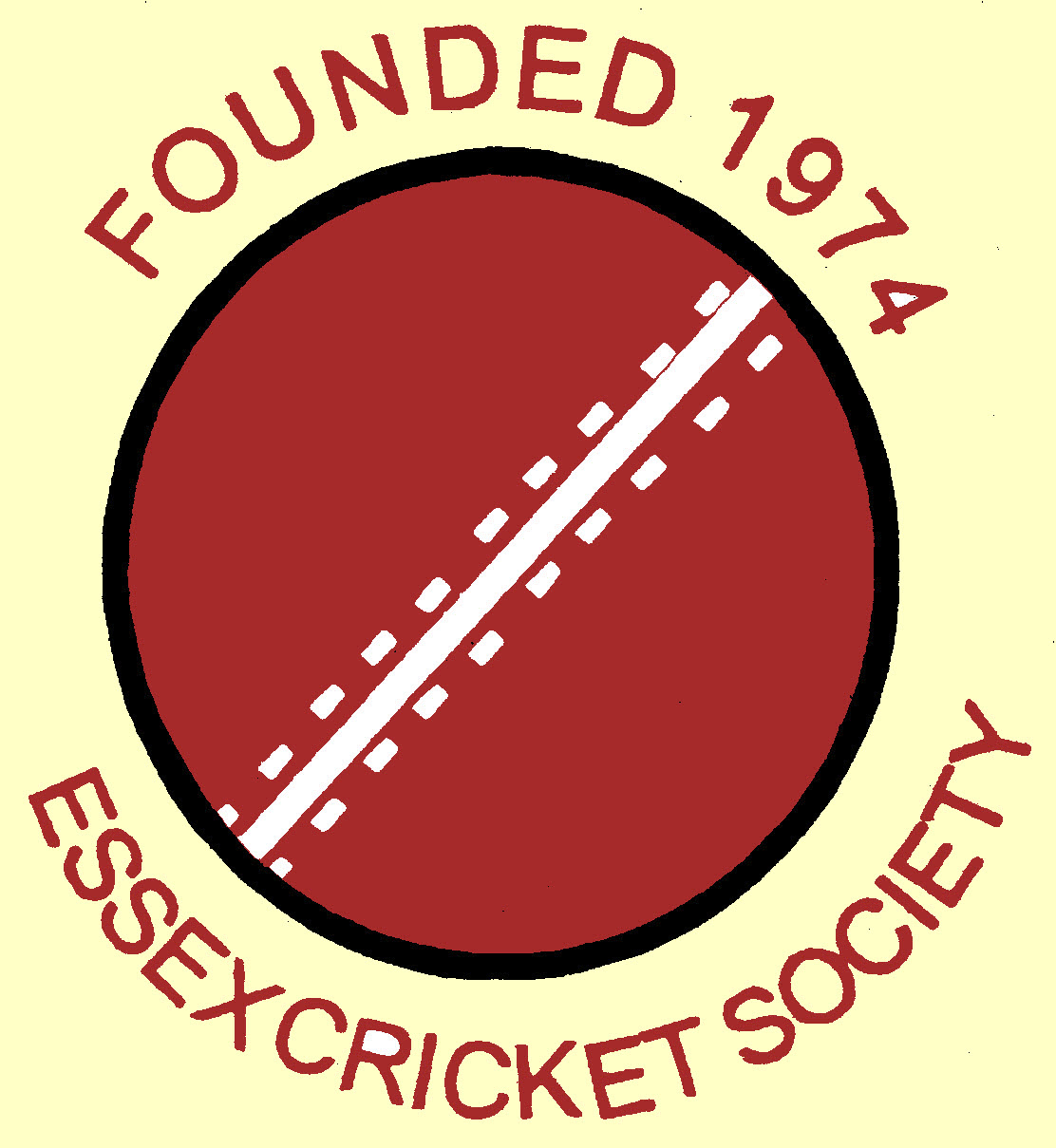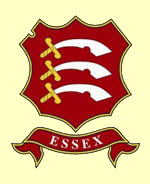Tales from the Boundary
Those Pesky Tailenders
One of the secret pleasures of cricket is the last-wicket partnership, loved by spectators and cursed by the fielding side. I still recall the delight created by Ken Higgs and John Snow as they creamed Hall, Griffith, Sobers and co. all round The Oval in 1966 in a stand of 128 in the 5th Test.
For Essex followers, the highlight must be a day at Chesterfield in 1947. Essex were 199 for 9 in reply to Derbyshire's 223 as Peter Smith joined Frank Vigar. Two and a half hours later, Smith was out for 163 – the highest score by a number 11 batsman – the Essex score was 417, and the last pair had added 218 against an attack including Copson, Gladwin and Pope. Frank Vigar made 114 in 5 hours; the Essex batting order that day had T. E. Bailey at 8 and Doug Insole at 9! Essex won by 5 wickets.
Wilfred Rhodes knew something about last wicket heroics; as number 11 at The Oval in 1902 he joined fellow Yorkie George Hirst to eke out the 16 runs needed to win a match already made memorable by Gilbert Jessop's century in 75 minutes. 18 months later, he was at it again, as he came in at 447 for 9 and added a record 130 with R. E. Foster. For good measure, Rhodes chipped in with 7 wickets towards an England win. By the 1911-12 Ashes series, Rhodes had risen to open the innings with Jack Hobbs including another record partnership of 323.
The highest last wicket stand took place in December 1928 when Alan Kippax and J. E. H. Hooker put on 307 for New South Wales against Victoria at Melbourne. For some reason I always assumed such a huge stand must have been part of a massive score, but in fact NSW's final total was 420, the 9th wicket having fallen at 113. (Some bloke called Bradman scored 1). Hooker's share was 62; a couple months later he was at it again, as he ran up another 62, this time at the dizzy heights of number 9. Some tailenders don't know when to stop.

